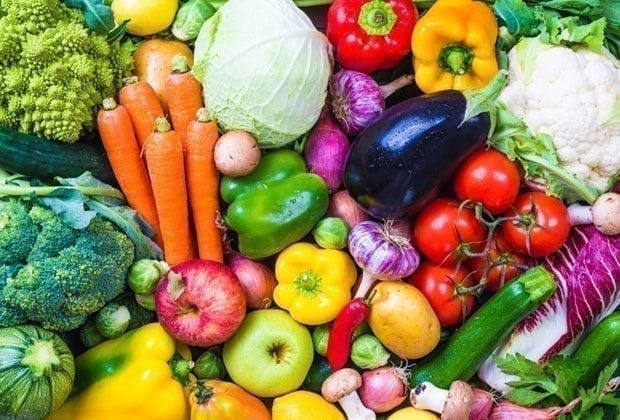Wouldn’t it be nice to eat certain foods and lose weight? That’s the thought behind so-called “negative-calorie foods” or foods you can eat that are so low in calories they technically shouldn’t count. They supposedly take up more energy to chew and digest than they contain, so they don’t contribute to your calorie surplus (a.k.a. weight gain). The question is: Do they work?
Negative-Calorie Foods and Their Connection to Weight Loss
Negative-calorie foods are usually fruits, vegetables and other low-calorie snack items—foods that we subconsciously label as “healthy” (check out the chart below for more examples). The idea that negative-calorie foods help with weight loss comes from simple reasoning:
1. You burn more calories eating these foods than they actually contain.
Negative-calorie foods are low in calories but high in fiber and water, with some items containing up to 90% water by weight. As you know, water adds volume but zero calories. Fiber, though a carbohydrate, is difficult to digest so you don’t extract as many calories from high-fiber foods compared to low-fiber foods. Fibrous foods force you to chew more often, which theoretically burns extra calories (though not many!).
Examples of Negative-Calorie Foods
| FRUITS | VEGETABLES | OTHER |
|
|
|
2. You feel fuller from these foods so you eat less unhealthy foods.
The volume from the water and fiber doesn’t contribute much to calories but impacts satiety. By filling up on negative-calorie foods, you feel fuller and are less apt to choose energy-dense foods full of empty calories (think: potato chips).
While these are two enticing reasons, the reality is you can’t just count on negative-calories foods to help you lose weight because:
1. You don’t use as many calories to process and digest food as you might think.
According to the Academy of Nutrition and Dietetics, our bodies only burn about 5–15% of calories from this phenomenon. For someone who needs 2,000 calories per day, only 100–300 calories would be used to process and digest foods. You could consume way more calories than that while watching a movie and eating a bowl of grapes!
2. Low-calorie foods may not be as satisfying as a smaller amount of energy-dense foods.
You can still overeat low-calorie foods and contribute more calories than you think to your daily intake.
Rethink Negative-Calorie Foods
A glance at the negative-calorie foods chart above might have you thinking: “Wait a minute, these foods look pretty healthy!” You’re correct. You should choose fruits and vegetables often as part of a balanced, healthy diet; in addition, the fiber in these foods make them beneficial for weight loss. The caveat, though, is your relationship with these foods. If you view negative-calorie foods as a way to put your mind on autopilot so you can eat without being mindful of calories and portion sizes, think again.
Regardless of the dietary makeup of the food you’re eating, there is no research to support that more calories are used to metabolize a food than the number of calories the food contains. When it comes to weight loss, choosing a variety of foods, burning energy through exercise, and learning about your habits through tracking is the most sustainable plan.




